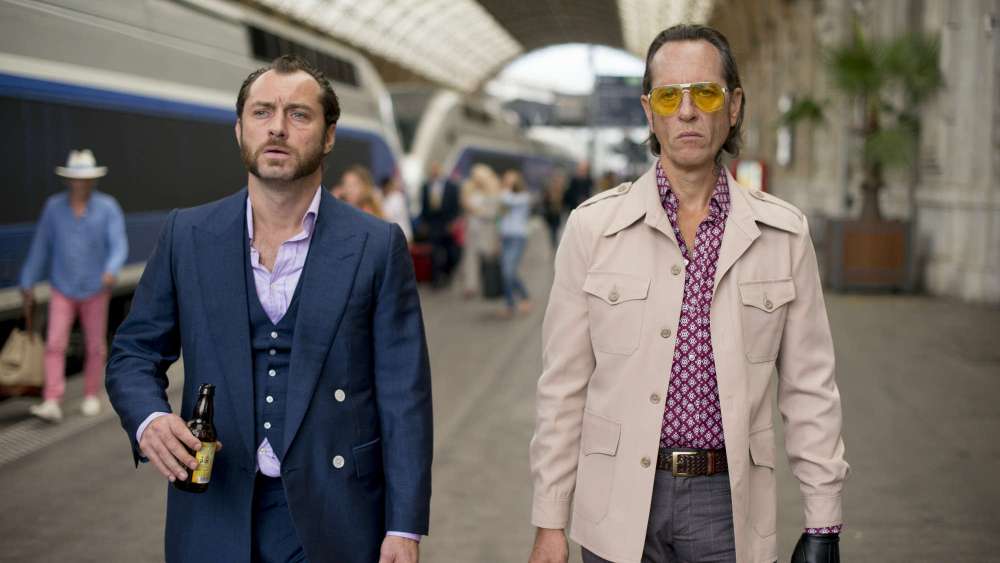In 2007, a young realtor named John Maloof was looking for pictures of different areas of Chicago for a book that he was compiling. He bought a storage unit for $380 that contained thousands of negatives and a bunch of undeveloped rolls of film. When he examined the negatives, he saw some of the most captivating street photography that had ever been taken. He knew that he was onto something, so he snooped around the locker a bit more and found pieces of mail addressed to a woman named Vivian Maier. Seeing that there was a story developing, he enlisted producer Charlie Siskel (“Tosh.0”) to help him tell it, and the resulting documentary is Finding Vivian Maier.
After a little poking around, Maloof discovered that Vivian Maier was a Chicago nanny who spent most of her free time wandering the seedier sections of the city taking photos of the inhabitants with her trusty Rolleiflex camera. Her images are honest and gritty, a warts-and-all look at life in the poverty-ridden section of one of America’s largest cities. In addition to the 150,000 photographic negatives, Maloof also found 8mm home movies that Maier shot and audio tapes of her voice that she dictated. Intrigued by the quality of the photos, Maloof wanted to share; he began to post the images, one by one, in an online blog, and the response was enormous.

Maloof set off to discover the woman behind the photos, and his first step was to interview her former employers and the children for whom she was a nanny. He discovered that the woman was an enigma, even to the people who trusted their kids to her. Depending on whom he was asking, Maloof got several different answers to his questions, and he quickly realized that no one really knew anything about Vivian Maier. She had no friends or family. Her employers believed her to be European, even though she was born in New York. The woman was very private with her life, but Maloof still wanted to know why she was so private with her photographs; basically, he wondered why she even took her photos if she had no intention of sharing her photos with anyone or putting them on display anywhere?

If neither real estate nor filmmaking pan out for Maloof, he can always become a private investigator; throughout the course of the film, he manages to use every conceivable method of detection to learn more about Maier’s history then anyone ever knew when she was alive. What he learned as not entirely pleasant, either; he learned that she was actually a pretty heinous woman. One interviewee recalled a time when a child who was under Maier’s care was hit by a car, and Maier’s reaction was to take photos of the wounded kid while they waited for medical help. Another subject remembered a time when Maier took her, as a child, to a slaughterhouse. One of the 8mm movies that Maloof uncovered contained footage that Maier shot that traced the steps of a murdered girl, from her home, to the crime scene, then ending at the funeral home where her body was prepared for burial. The woman left psychological scars on several of the children with whom she worked, and was not remembered fondly by many. Like many tortured geniuses, Vivian Maier was an odd duck.

In the end, Finding Vivian Maier probably raises more questions than it answers. Sure, Maloof learns a lot about the woman, and even has a few revelations about her photographs, but there is no real mystery that is solved. It may be fine that way; the story of the anonymous genius who captured the images in the photos may be better left untold.
